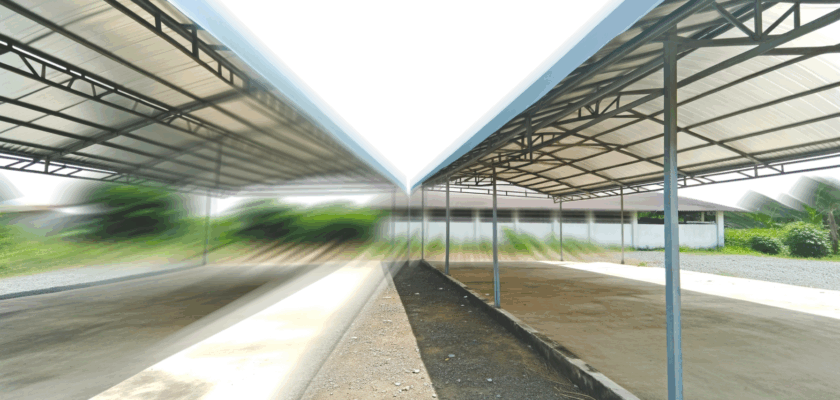Choosing the right material for a carport is an important decision for homeowners and businesses alike. Two of the most popular options are polycarbonate and metal carports, each offering distinct benefits and challenges. Understanding the advantages of polycarbonate structures alongside the drawbacks commonly associated with metal carports can help buyers make an informed choice that fits their needs, budget, and aesthetic preferences.
Advantages of Polycarbonate Carports: What to Expect
Polycarbonate carports are celebrated for their lightweight yet durable construction. Unlike heavier metal alternatives, polycarbonate panels are easier to install and handle, often reducing overall labor costs and project timelines. Their flexibility also allows for diverse design options, including curved roofs and customized shapes that can enhance the visual appeal of a property.
Another significant advantage is the material’s high resistance to impact and weather conditions. Polycarbonate is nearly unbreakable and can withstand hail, heavy rain, and strong winds better than many traditional materials. Additionally, its UV-resistant properties help protect vehicles underneath from harmful sun damage while preventing the carport itself from yellowing or degrading over time.
Polycarbonate carports also offer excellent light transmission, allowing natural daylight to filter through while still providing shade. This can create a more pleasant and well-lit environment beneath the shelter without the need for additional lighting during the day. For energy-conscious users, this feature can contribute to reduced electricity consumption and a smaller carbon footprint.
Drawbacks of Metal Carports: Key Considerations
Metal carports, while robust and sturdy, come with certain disadvantages that potential buyers should weigh carefully. One major concern is the susceptibility to rust and corrosion, especially in humid or coastal environments. Without proper maintenance or protective coatings, metal frames can deteriorate over time, compromising structural integrity and requiring costly repairs or replacement.
Noise is another notable drawback. Metal carports tend to amplify sounds such as rain, hail, or wind, which can become disruptive or unpleasant for homeowners. This noise factor may detract from the overall comfort and usability of the space, particularly in residential settings where tranquility is valued.
Lastly, metal carports typically offer less flexibility in terms of design and customization. Their rigid panels and heavier weight limit creative architectural options, often resulting in more utilitarian and less aesthetically versatile structures. Additionally, installation can be more labor-intensive and expensive due to the need for specialized tools and skilled labor, which may deter budget-conscious buyers.
Both polycarbonate and metal carports present distinct pros and cons that cater to different priorities and environments. Polycarbonate offers lightweight durability, design flexibility, and superior light transmission, making it a compelling choice for those seeking versatility and aesthetics. In contrast, metal carports provide strong, long-lasting protection but require ongoing maintenance and may introduce noise and design limitations. Ultimately, the decision hinges on balancing these factors against personal needs, climate considerations, and budget constraints.

